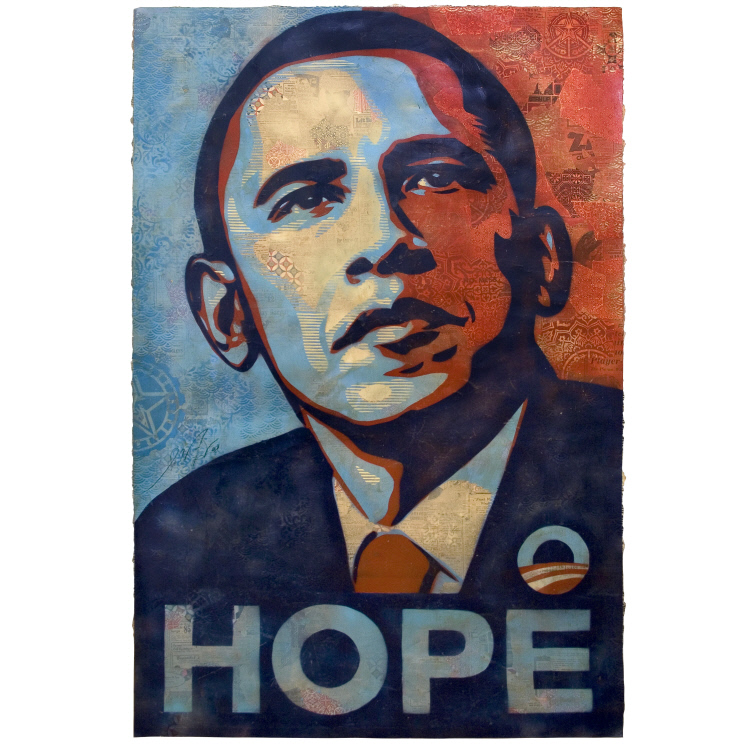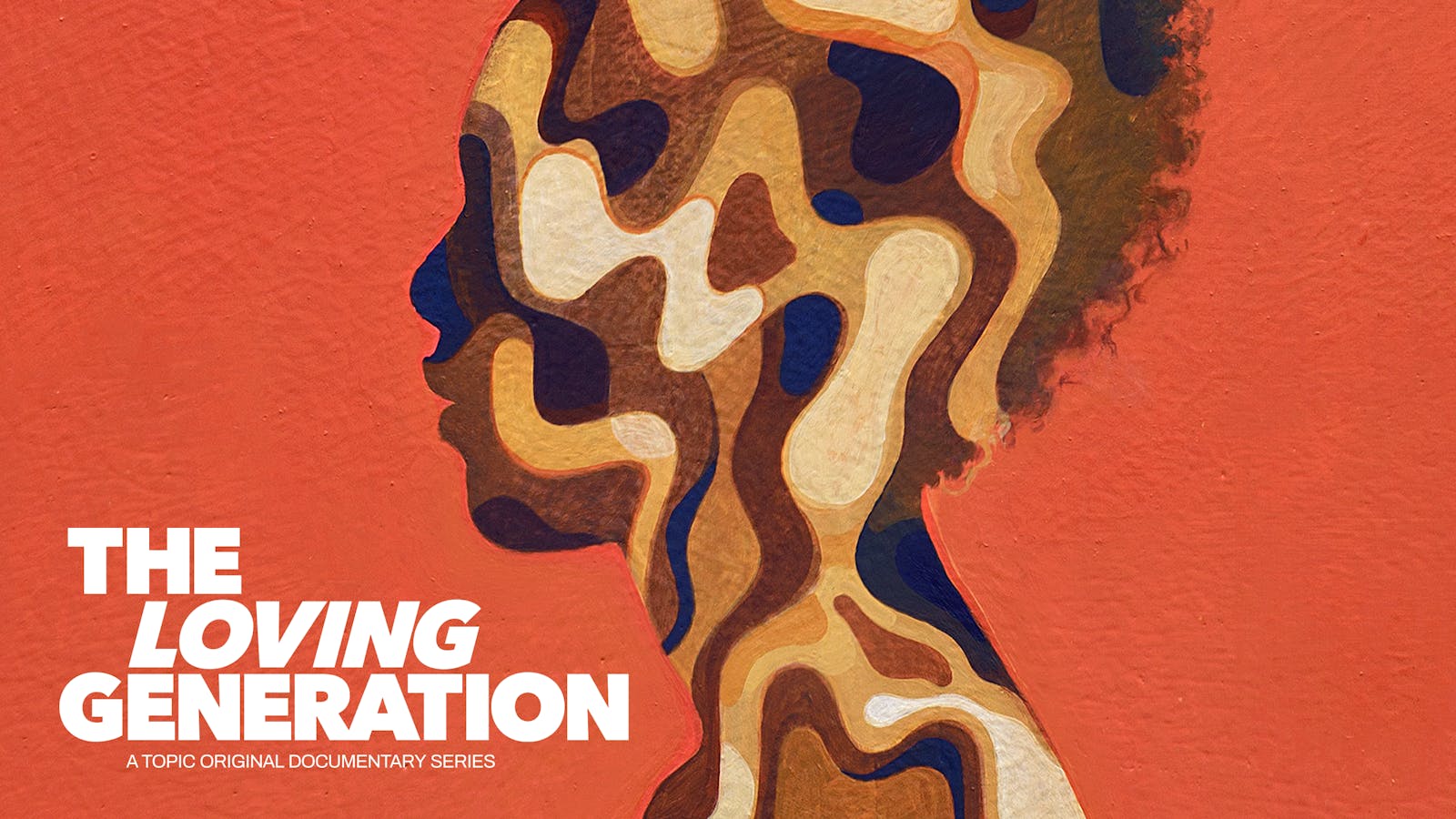What Doctors Should IgnorePosted in Articles, Health/Medicine/Genetics, Media Archive, United States on 2018-02-14 04:27Z by Steven |
The New York Times
2017-12-08
Science has revealed how arbitrary racial categories are. Perhaps medicine will abandon them, too.
Sickle cell anemia was first described in 1910 and was quickly labeled a “black” disease. At a time when many people were preoccupied with an imagined racial hierarchy, with whites on top, the disease was cited as evidence that people of African descent were inferior. But what of white people who presented with sickle cell anemia?
Doctors twisted themselves into knots trying to explain those cases away. White sickle cell patients must have mixed backgrounds, they contended — a black forebear they didn’t know about perhaps, or one they didn’t want to mention. Or maybe white patients’ symptoms didn’t stem from sickle cell anemia at all, but some other affliction. The bottom line was, the disease was “black,” so by definition white people couldn’t get it.
Today, scientists understand the sickle cell trait as an adaptation to malaria, not evidence of inferiority. One copy of the sickle cell trait protects against malaria. Having two can cause severe anemia and even death. Scientists also know that the trait is common outside Africa across the “malaria belt” — the Arabian Peninsula, India and parts of the Mediterranean Basin. And people historically considered white can, in fact, carry it. In the Greek town of Orchomenos, for example, the gene is more prevalent than it is among African-Americans.
We know all this, and yet the racialization of the disease, the idea that it occurs only in people of sub-Saharan African descent, persists. “When I talk to medical students, I get this all the time — ‘Sickle cell is a black trait,’ ” Michael Yudell, chairman of the department of community health and prevention at the Dornsife School of Public Health at Drexel University, told me.
That’s worrisome for many reasons, he says, chief among them that it may result in subpar medical care for some patients. Case in point: California’s universal blood disorder screening program has identified thousands of nonblack children with the sickle cell trait and scores with the disease — patients who, had doctors stuck to received “wisdom,” might have been missed.
Professor Yudell belongs to a growing chorus of scholars and researchers who argue that in science at least, we need to push past the race concept and, where possible, scrap it entirely. Professor Yudell and others contend that instead of talking about race, we should talk about ancestry (which, unlike “race,” refers to one’s genetic heritage, not innate qualities); or the specific gene variants that, like the sickle cell trait, affect disease risk; or environmental factors like poverty or diet that affect some groups more than others…
Read the entire article here.







